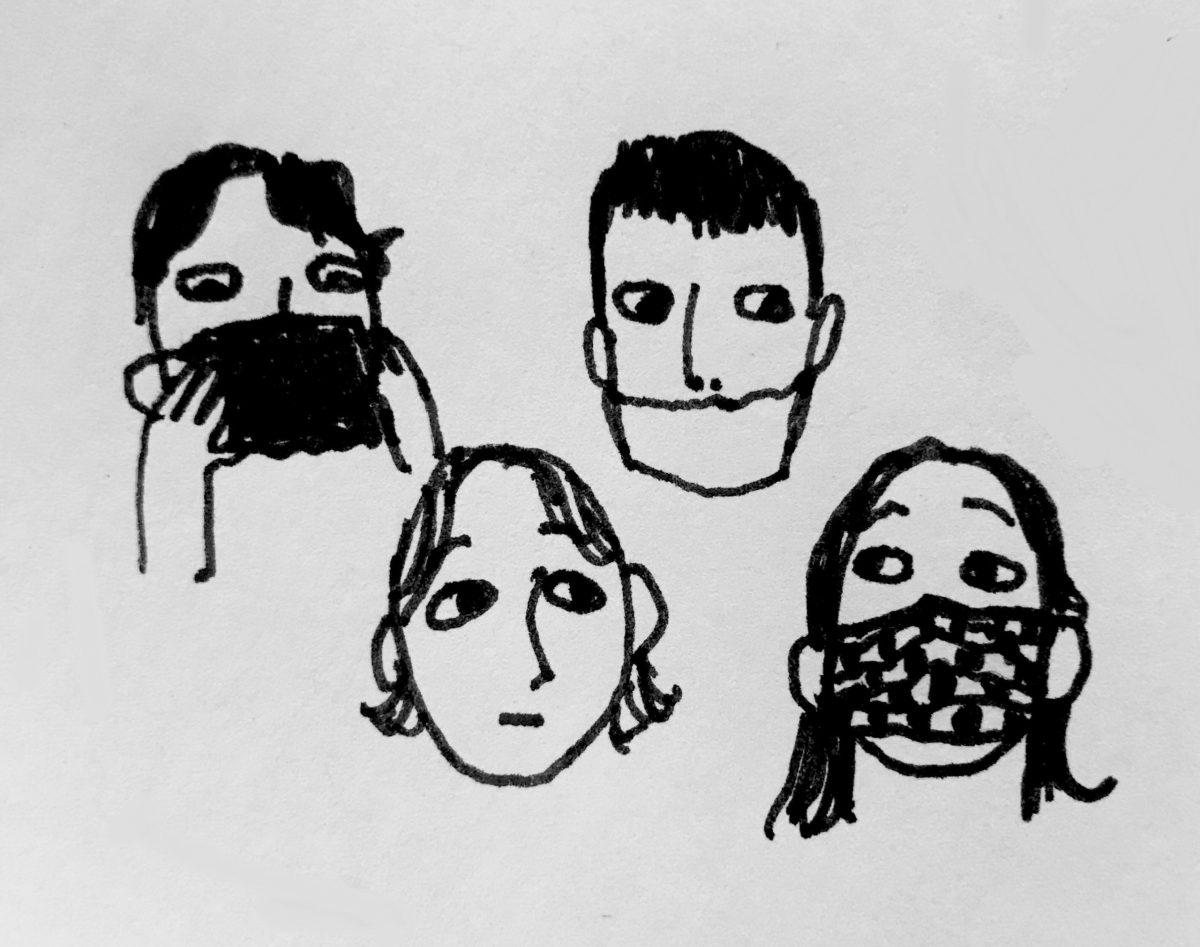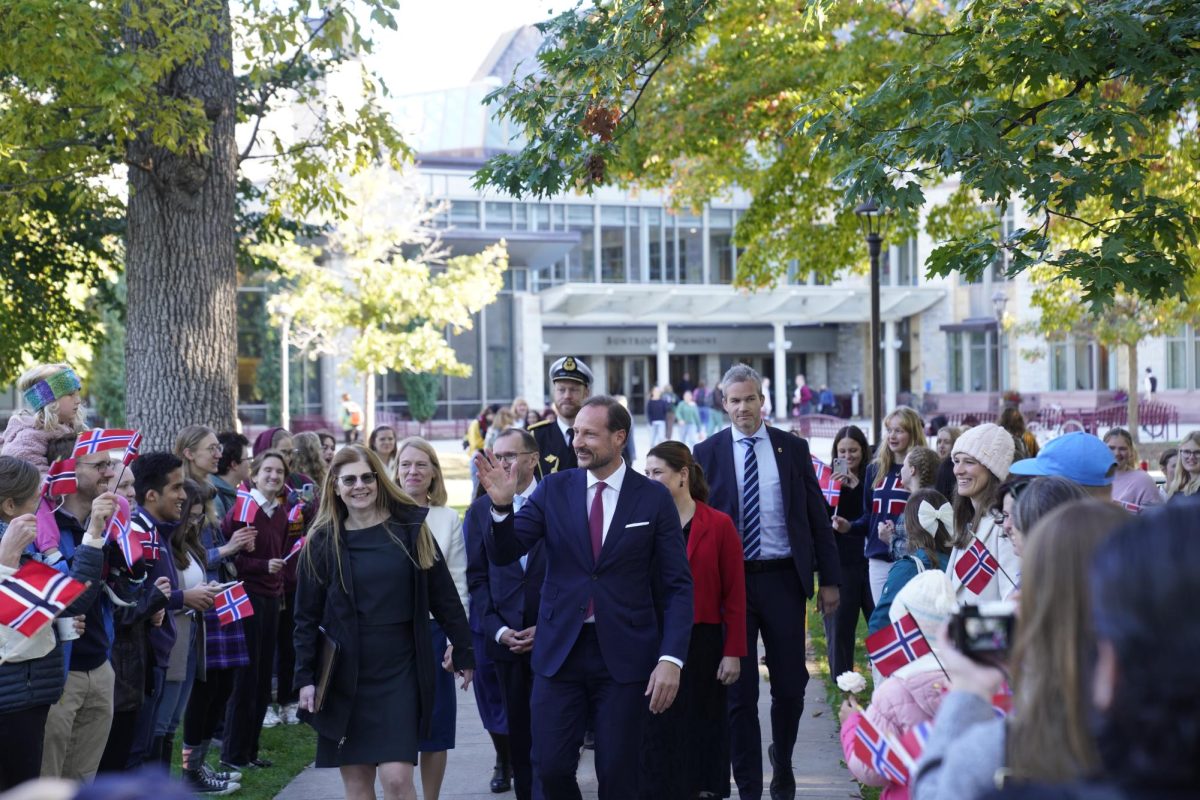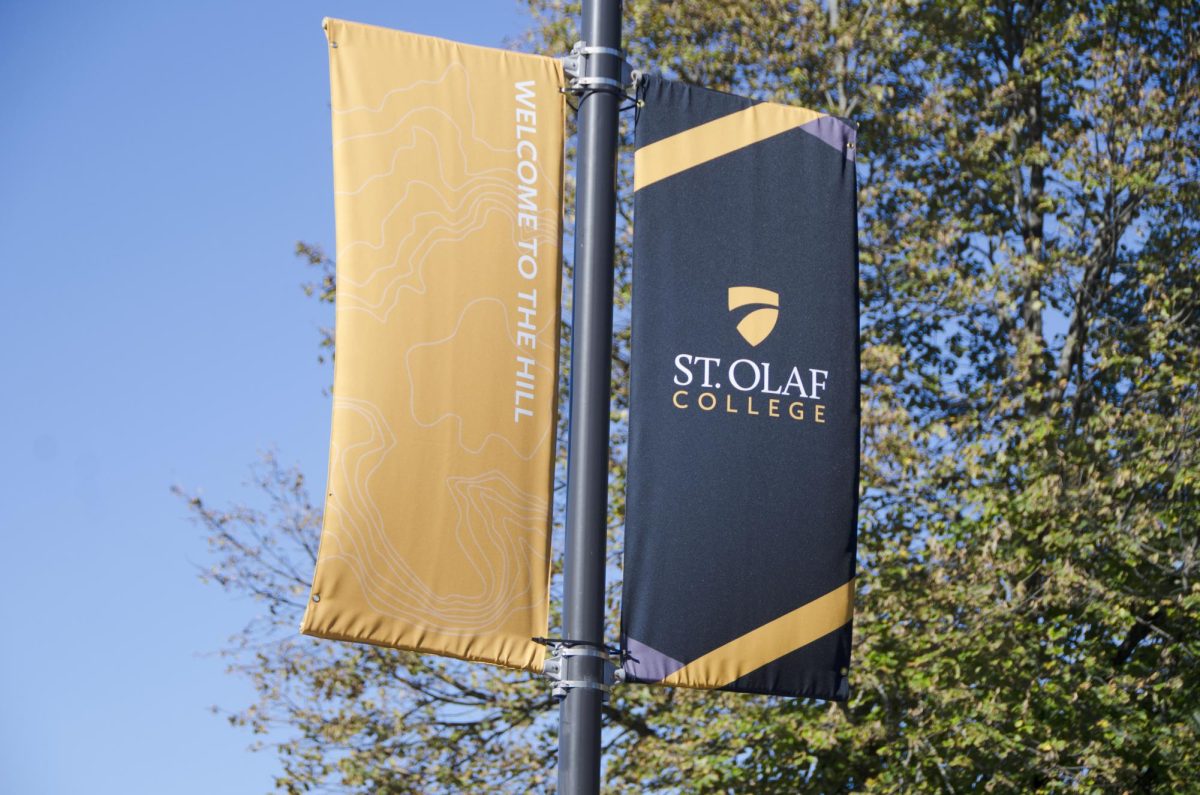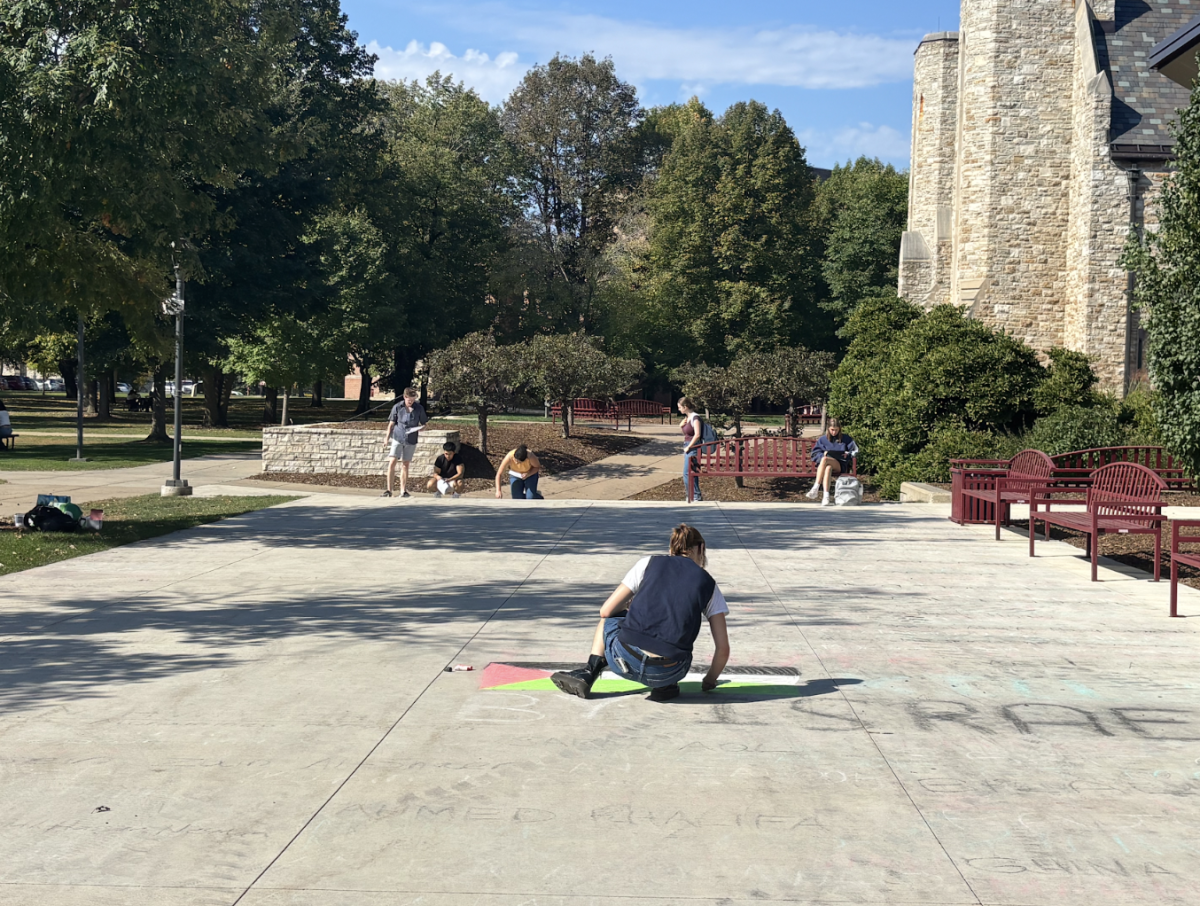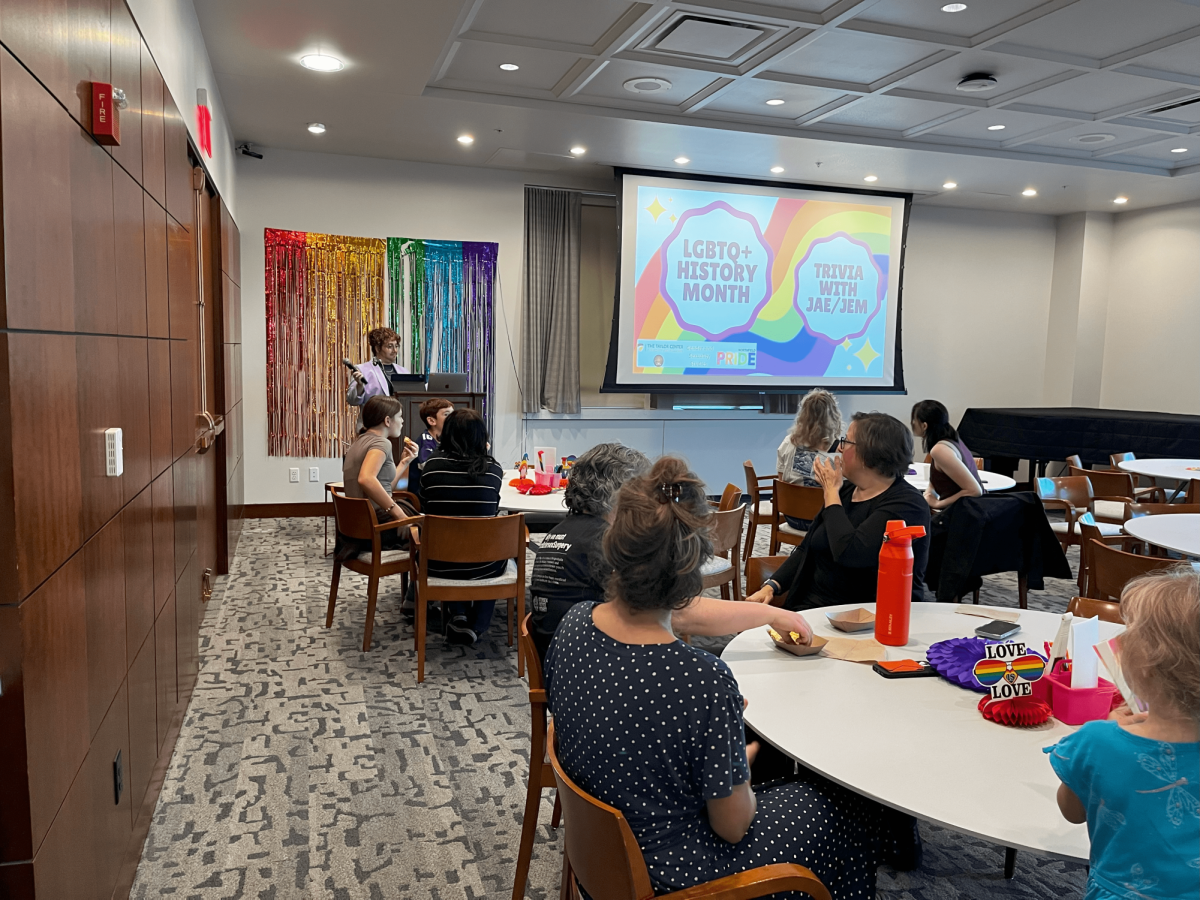After only nine days of the green campus alert level, St. Olaf returned to the yellow alert level on March 3. This change came after there were 80 reported positive cases between Feb. 28 and March 2. The Campus Reopening Team announced the change in an email to the student body on March 2.
According to the email, of the 80 reported cases, “virtually all had symptoms.” The majority of these cases are due to social settings. “This is a major shift from the steady decline we’d experienced over the last several weeks, and is being driven by students who were infected during social gatherings,” the update email said.
Campus COVID Response Lead and Vice President for Advancement Enoch Blazis reiterated those statements in an interview with the Messenger. “It’s usually people getting together and probably in opportunities where you aren’t going to mask,” Blazis said.
As of the afternoon of March 9, there were 176 positive cases in isolation and a 6.9 percent 14-day infection rate. All campus isolation beds were full.
According to the “Key Inputs for Escalating Alert Levels” graph, a 14-day infection rate of 5 percent or above falls into level four, or red alert level. In comparison, Carleton College reported a 1.06 percent 14-day infection rate on March 4. “We don’t have a proven theory” Blazis said in regards to the reasoning behind the differences in cases between the two Northfield schools.
St. Olaf is currently not conducting random testing. Instead, symptomatic students and close contacts of those who tested positive are taking rapid tests four days after exposure or when symptoms are reported.
“With this uptake, [we are] really focusing on the roommates and significant others, some of those that really are highly likely to have been exposed and kind of working from there,” Blazis said. Most students who tested positive are also being proactive by reaching out to their close contacts, rather than waiting for the contact tracers to reach them.
Students who are contact traced are assigned a testing date about four days after their last exposure. If students who are contact traced fail to test on their assigned date, they can lose campus privileges. Students can only get tested if they report symptoms or have been exposed. If asymptomatic students or those who were contact traced want to get tested earlier, they have to do so independently. Students can purchase rapid tests in the College Bookstore or get tested in other Northfield locations, such as Walgreens.
Despite not conducting random tests, Blazis and the Campus Reopening Team are taking other forms of testing into consideration. “We may do all campus testing,” Blazis said. “We’re thinking about [surveillance testing] after spring break.”
Targeting testing at certain groups, teams, or dorms may also be in effect if there is indication of a cluster.
After Ben Cermak ’24’s roommate tested positive for COVID-19 on March 8, he was told that he had three housing options: stay in his room with his roommate, stay in a friend’s dorm room, or move into a room set aside at Country Inn and Suites. If Cermak chose to stay at the Country Inn and Suites, a roommate could move in with him at any point in his stay. In contrast, Cermak’s roommate was allowed to stay in the dorm since all isolation beds were unavailable.
“I was shocked to hear that I had to change my housing even though I am the one without COVID,” Cermak said. “It feels like I am the one being punished for my roommate having COVID.”
Some students have been critical of the Campus Reopening Team’s response to the increase in cases.
“It seems like the college wasn’t prepared for this amount of positive cases and are trying to quickly fix their mistake,” Cermak said.
“It almost seems as if they’re trying to displace their responsibility for it as opposed to actually preventing transmission,” Robert Ireland ’22 said.
Lily Mitzel ’24 gave insight on what the COVID-19 testing process was like for people who were contact traced and not showing symptoms.
“I waited in line for 45 minutes before I could even start my COVID test,” Mitzel said. “There’s got to be a better way to do this, especially since some COVID positive people had to wait in that line to try and test out of isolation.”
As of March 7, there have been 743 cases on campus for the 2021-2022 academic year. Despite the hundreds of cases, symptoms have remained relatively mild for students. Student Life is unaware of any students being hospitalized due to COVID-19. The 98.7% vaccination rate among students has helped mitigate COVID-19 symptoms.
With the return to the yellow alert level, gatherings of over 100 people must be reviewed by Student life. Following the COVID-19 update, the March 4 Pause Dance hosted by After Dark Committee (ADC) was canceled. This decision was made in accordance with the ADC, Student Government Association and their advisors. ADC Coordinator, Sandra Chimutsipa ’23, stressed the importance of maintaining safety at Pause Dances, including caution against the spread of COVID-19. The ADC is thinking about partnering with the Wellness Center in the weeks leading up to future Pause Dance to discuss safety.
“[We would be] talking about different issues, talking about consent, talking about COVID, how can we in the Pause Dance still ensure it is a safe space with all of those things,” Chimutsipa said. “We are still having more conversations, but if people want to have suggestions, please I would love to hear them.”
“This has not been easy for students, faculty, or staff and I just want to emphasize that people have been great,” Blazis said. “People have really been stepping forward to do what is necessary to keep the community overall safe and functioning.”
Students can look for updates regarding COVID-19 guidelines through their St. Olaf email inbox and on the St. Olaf COVID-19 Dashboard. “We will try to get into green, that’s the bottom line,” Blazis said. “If we see the decrease in cases, we’ll do that.”
